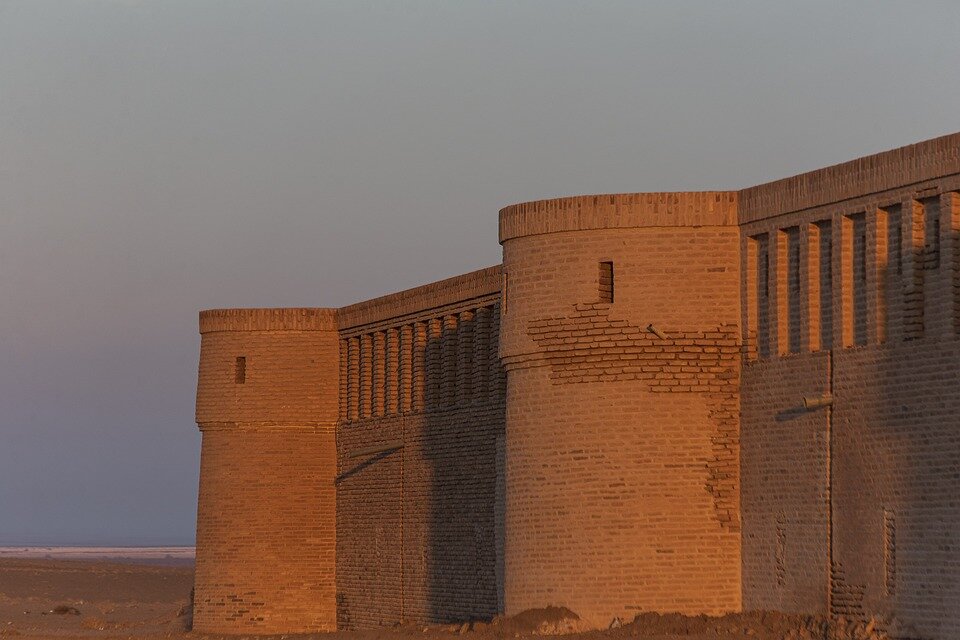Centuries-old caravanserai, bathhouse to undergo restoration in southern Iran

TEHRAN – Restoration work is to begin on a centuries-old collection that includes a mud-brick caravanserai and a public bathhouse in southern Iran.
The stone walls and foundations of the two monuments will be strengthened and restored using traditional masonry, a local official in charge of protecting cultural heritage said.
Moreover, the work is intended to revive plasterwork and stucco decorations of the bathhouse in particular, Hadi Abbasi added.
Located in Kharameh county of Fars province, the caravanserai was constructed in the early Islamic epoch while the bathhouse dates back to the Safavid era (1501-1736), the official stated.
In the past, mosques, bazaars, houses, bathhouses, and subterranean cisterns constituted the main elements of each Iranian city.
Caravanserais and bathhouses (Hammams) along with mosques offer a testimony to the then-rich circuits of traveling and trade in ancient Iran, providing shelter, hygiene, food, and water for caravans, pilgrims, and other trekkers.
Old-age bathhouses can be found in every corner of Iran. However, they have lost their original function, since nearly all people have bathrooms in their homes as the result of a ubiquitous clash between traditionalism and modernism.
Persian literature is full of proverbs, narrations, and folk stories about bathhouses, which indicate the importance of the place in ancient times. Nowadays, many bathhouses have been turned into popular destinations for tourists who admire their eye-catching decorations, vaulted ceilings, intricate tilework, mosaics, and wall paintings.
Earlier in September, a selection of 54 centuries-old roadside inns won a UNESCO label under the name: The Persian Caravanserai. The registration was made at the 45th session of the UNESCO World Heritage Committee in Saudi Arabia’s capital Riyadh, after carefully examining the proposed caravanserais located in 24 provinces across the country.
Caravanserai or caravansary is a compound word combining “caravan” with “sara”; the former stands for a group of travelers and the latter means the building. They often had massive portals supported by elevated load-bearing walls. Guest rooms were constructed around the courtyard and stables behind them, with doors in the corners of the yard.
Traveling across the country, one may see crumbling caravanserais, many of which were abandoned for ages. In the Information Age, such guest houses have largely lost their current usage.
For many travelers, staying in or even visiting a centuries-old caravanserai can be a broad experience; they have an opportunity to feel the past, a time travel back to a forgotten age. Cozy chambers that are meticulously laid out around a vast courtyard may easily evoke spirits of the past. It’s not hard to fancy the hustle and bustle of merchants bargaining on prices, recounting their arduous journeys to one another while their camels are chewing hay! You can also conceive the idea of local architectural style and material in its heyday.
AFM
